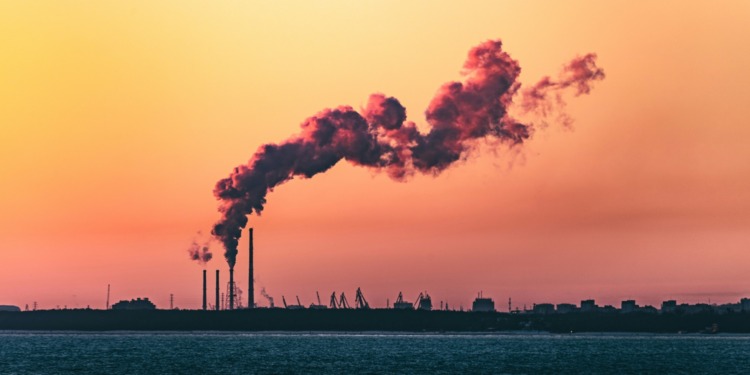We’re already over halfway through 2024, and it’s all but confirmed that this year will be in the top five hottest years on record. There’s an almost 60% chance it will be the hottest year, according to NCEI’s Global Annual Temperature Outlook.
Not only is this rising temperature bad for our climate, it’s intensifying inequalities locally and globally. Historically disadvantaged and low-income communities are bearing the brunt of climate change, with disproportionately poorer air and water quality and increased vulnerability to natural disasters.
To reverse our trajectory, rapid emissions reduction is critical but not enough. The United Nations reported in 2018 that even under the most optimistic scenarios, limiting the global temperature rise to 2ºC would be nearly impossible without efforts to remove carbon emissions from the atmosphere, specifically citing carbon removal (CDR) as the means to do just that.
As a nascent industry, there’s time to shape the direction of carbon removal in ways that address both environmental and social injustices. By centering community perspectives and prioritizing equity, we can build a carbon removal sector that not only combats climate change but also fosters a more just and resilient future.
For carbon removal, this means addressing inequities instead of contributing to them — a concerted effort to redress harms that have previously excluded disadvantaged landowners, producers, and communities.
A Promising Solution for Climate Action
Unlike emissions reductions strategies, carbon removal solutions offer a pathway to tackle the carbon we’ve already emitted — the legacy emissions impacting our climate today.
Consider a garden overrun with weeds. Carbon emissions are the weed seeds that keep blowing into your garden, causing new weeds to sprout. Carbon reduction is the barriers and good gardening habits that will prevent more weed seeds from entering and taking root. And carbon removal is pulling out the weeds that have already grown.
To maintain a healthy garden, you need to both prevent new weeds from taking root (carbon reduction) and remove the existing weeds (carbon removal). Focusing on only one approach will not be effective, and both are necessary to keep the garden thriving.
There are a variety of methods to remove and permanently store CO2 from the atmosphere, from technological solutions such as direct air capture — giant fans that suck carbon out of the air – to land-based solutions, like forestry or soil carbon.
To reach international climate targets, we’ll need a portfolio of technologies and approaches. As these solutions scale, so will a new industry.
Related Articles: 6 Ways to Remove Carbon Pollution From the Sky | Leveraging the Ocean’s Carbon Removal Potential | Direct Air Capture: Resource Considerations and Costs for Carbon Removal | Carbon Removal: Startup Eoin’s ‘Enhanced Rock Weathering’ Technique
Carbon Removal’s Role in Climate Justice
Carbon removal has the potential to bring new economic opportunities and long-lasting high-quality jobs, improve air and water quality, and ultimately ease the burden carbon emissions have had on communities and their environmental well-being. But the only way to ensure those co-benefits exist is to center the perspectives from BIPOC and local communities.
Community support is the foundation upon which sustainable and successful carbon removal initiatives are built. Without it, these projects risk failure, leading to wasted resources and missed opportunities for meaningful climate action.
Moreover, locals hold invaluable insights into which carbon removal pathways best address their unique environmental challenges, needs, and concerns. By integrating their knowledge, we ensure that the solutions developed are not only effective but also equitable.
To incorporate these diverse perspectives, carbon removal must break from the past and prioritize community expertise and their wants and needs, working hand-in-hand with frontline communities to design a healthier, more sustainable future. This requires establishing two-way communication, fostering trust, and building credibility and legitimacy. Only through these strong partnerships can we drive long-lasting, impactful and just outcomes.
The path towards a sustainable and equitable future lies in our collective commitment to addressing the climate crisis. Carbon removal, when done correctly or with an equity and justice lens, offers a beacon of hope, a chance to not only mitigate the impacts of climate change but also rectify the injustices that have plagued our communities for far too long.
By embracing diverse perspectives, fostering open communication, and centering equity in carbon removal projects, we can create a world where the benefits of climate progress are shared by all. This is our moment to reshape the narrative, ensuring that the legacy we leave for future generations is one of environmental stewardship, social justice, and one where we have a planet that thrives for everyone.
Editor’s Note: The opinions expressed here by the authors are their own, not those of Impakter.com — Cover Photo Credit: Marek Piwnicki.









